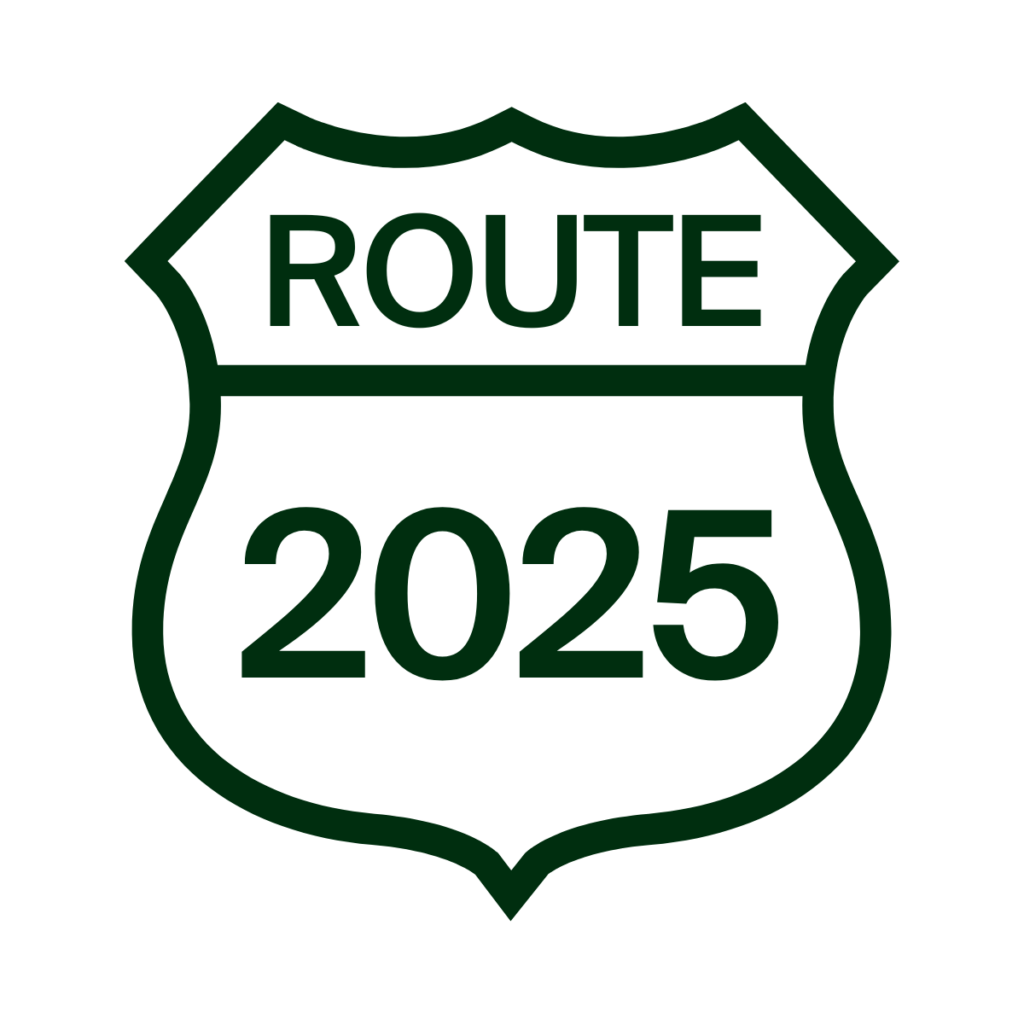
On March 27th, we welcomed healthcare and IT professionals to the second session of our three-part webinar series. This time, we focused on a crucial but often underestimated topic: medical device integration—and how it impacts not just infrastructure, but clinical efficiency and patient safety.
During the session, Martijn van Duffelen, Medical Device Integration Expert at IT Medical, shared technical and practical insights from real-life implementations of our Medical Device Data Gateway (MDDG). He broke down the complexity of integrating a wide range of bedside devices—from ventilators and infusion pumps to dialysis machines and incubators—each with its own communication protocols, software versions, and quirks.
One gateway, many devices
The challenge? Hospitals rely on hundreds of medical devices from different vendors, many of which use proprietary or outdated communication protocols. The lifetime of most medical devices is 10 to 12 years, which is a longtime for IT purposes. Most of them connect via serial ports, 15 to 20% over gateways, and a growing number are network-enabled—but they rarely speak the same ‘language.’
That’s where the MDDG comes in. Acting as a vendor-neutral integration layer, it doesn’t just process vital signs once a minute—it also manages every 6 seconds alarm data, technical parameters, and even waveforms. It captures these huge data flows from all connected devices—regardless of make or model—and translates it into standardized formats that flow directly into hospital systems like the EMR, PDMS, technical support systems or a health data platform.
Smart alarm management built-in
One of the biggest concerns in any connected care environment is alarm fatigue. With tens of thousands of alerts generated daily in large hospitals, forwarding every beep to a nurse’s smartphone simply isn’t sustainable. The MDDG includes an intelligent rule engine that filters, prioritizes, and routes alarms based on clinical relevance. For instance, in a Dutch NICU, only 9% of alarms are sent directly to caregivers—avoiding unnecessary noise and allowing staff to focus on the alarms that truly matter like asystole or bradycardia. That’s why we propose, based on our more than 5 years’ experience in alarm coaching for departments like ICU, NICU, CCU, Maternity, to give only a message for technical alarms or delay less life threatening alarms with 30 to 40 seconds. But always hospital and department decide what is relevant or not.
Ready for the future
From legacy devices still in use after 10+ years to cutting-edge bedside sensors, hospital infrastructures need to accommodate it all. The MDDG is designed to scale, supporting the dynamic landscape of communication protocols (think HL7, JSON, proprietary) but also new standards like SDC and open protocols such as HL7 FHIR, while remaining flexible enough to buffer and recover the captured data from network interruptions and sent it to the systems once restored. Even remote sensors like biosensors or telemonitoring tools are now in scope, to grant hospitals the efficiency and flexibility they need.
Hospitals also benefit from built-in dashboards that provide live overviews of device connectivity, alarm histories, and integration status—supporting both clinical teams and biomedical engineers. Overviews can easily be made depending on the population, type of department, needs of insights, combining information of different types of devices and vendors. You chose how long you want to keep this data for research purposes. This led to a key insight: structured data is the key to better care. By analyzing alarms and reducing irrelevant notifications, nurses could better allocate their time and patients were exposed to fewer unnecessary alarm sounds. This not only created a quieter hospital environment but also significantly improved staff satisfaction.
Key insight
Device integration is more than just connecting cables. It’s about enabling data to flow securely, accurately, and meaningfully across the care continuum. With the MDR Class IIb certified MDDG, hospitals take a vital step toward smarter workflows, reduced alarm fatigue, and better-informed clinical decisions. Be scalable and vendor neutral to prepare yourself on an outstanding patient care.
Don’t miss our final session in this series
Secure your spot here. We’ll expore how how medical device data is transforming healthcare innovation. This installment features a live demonstration of two cutting-edge solutions designed to streamline clinical workflows and elevate patient care. Whether you’re a clinician, healthcare IT professional, or innovation leader, this is your chance to stay ahead of the curve.